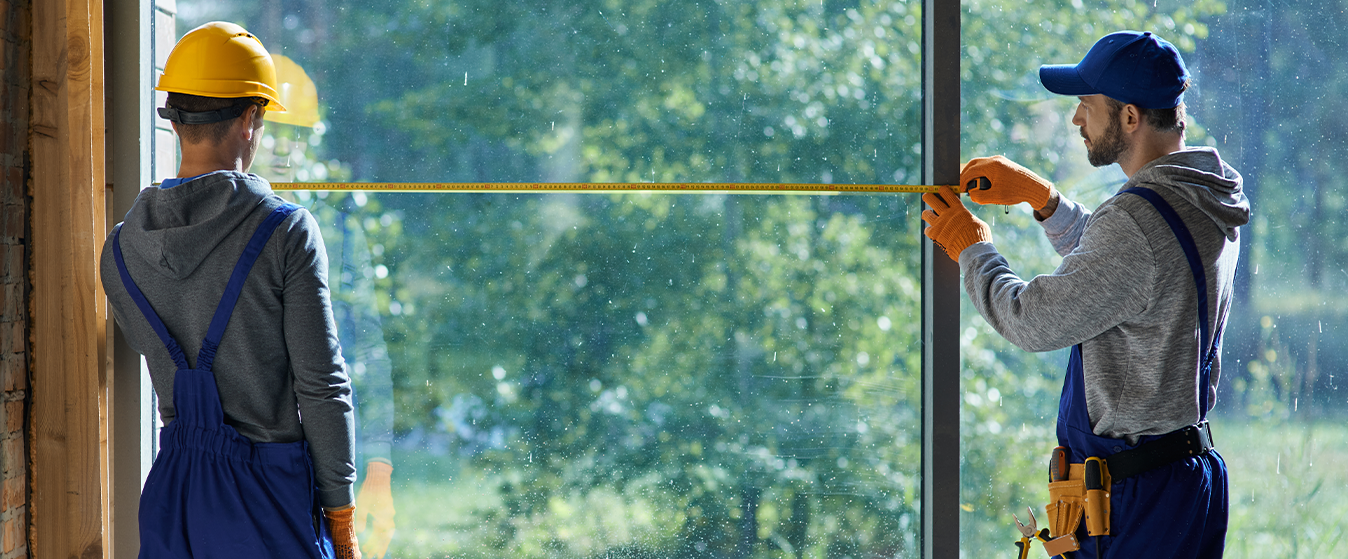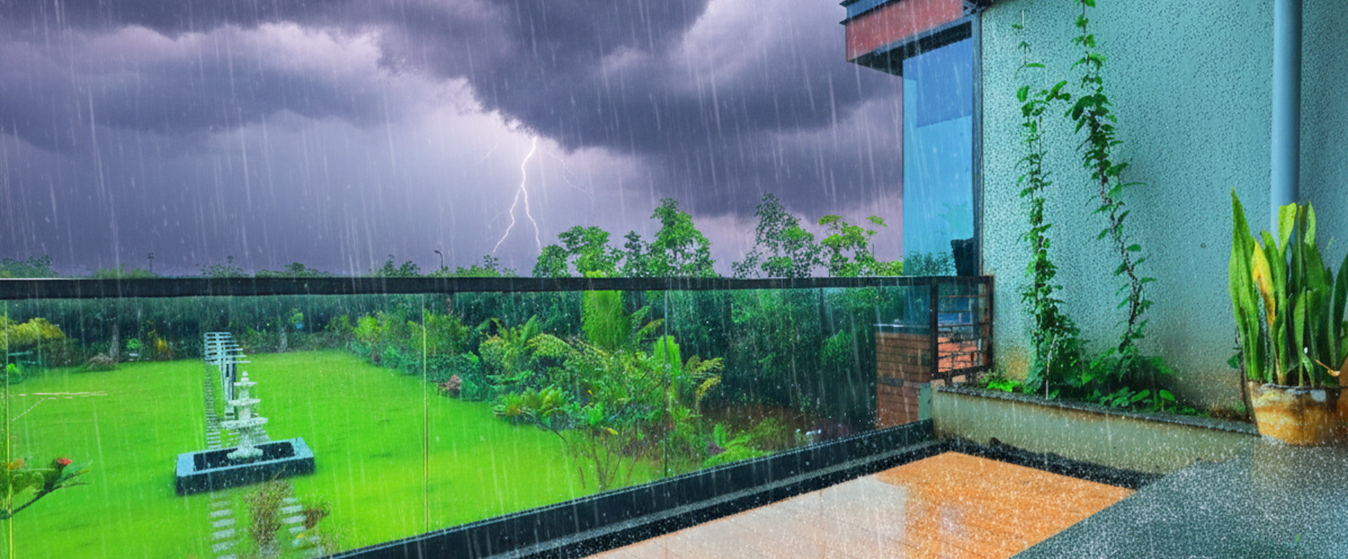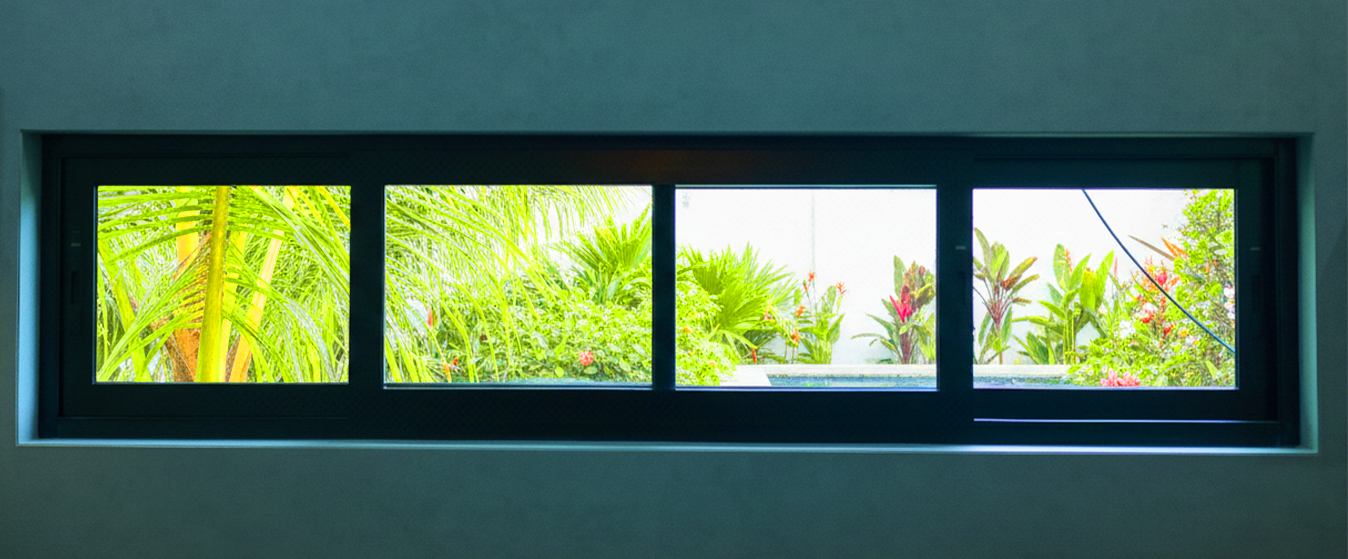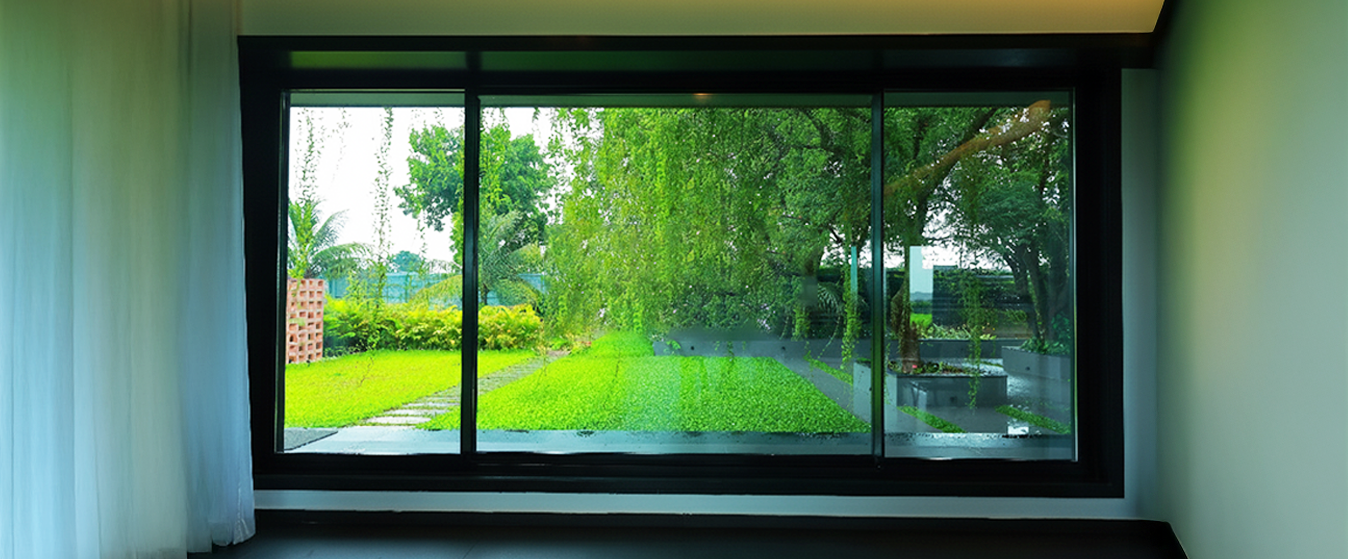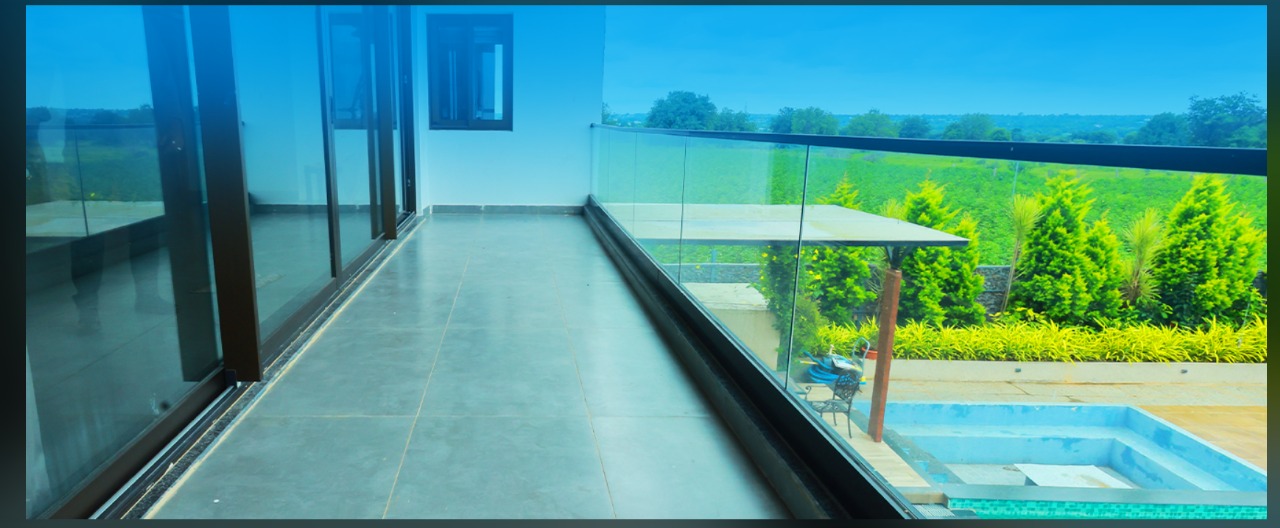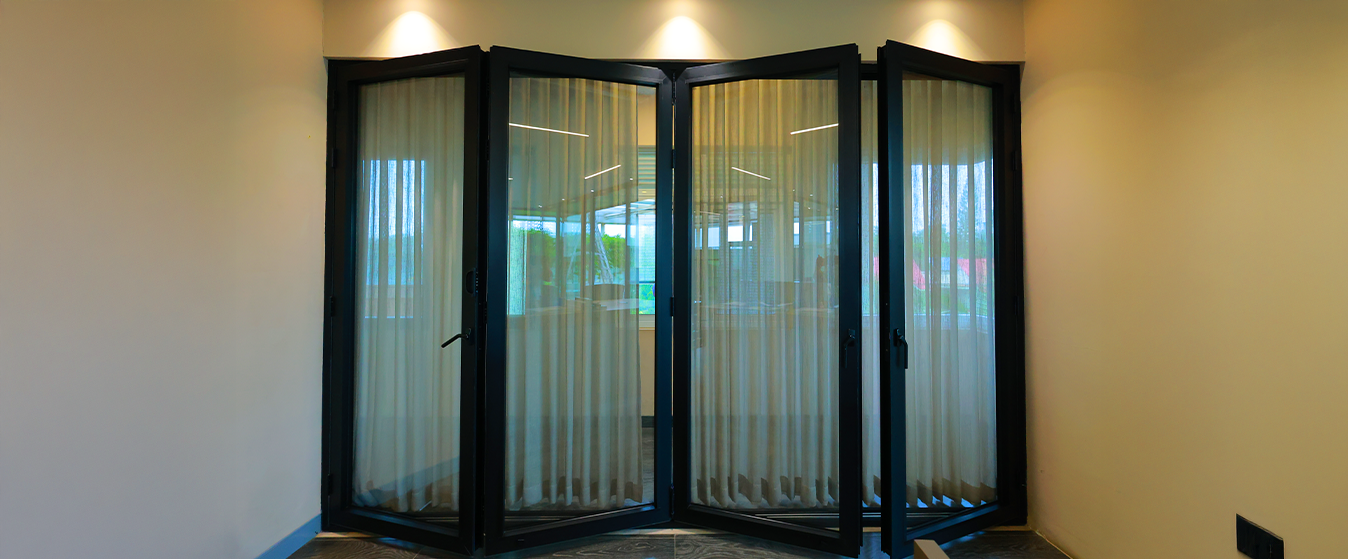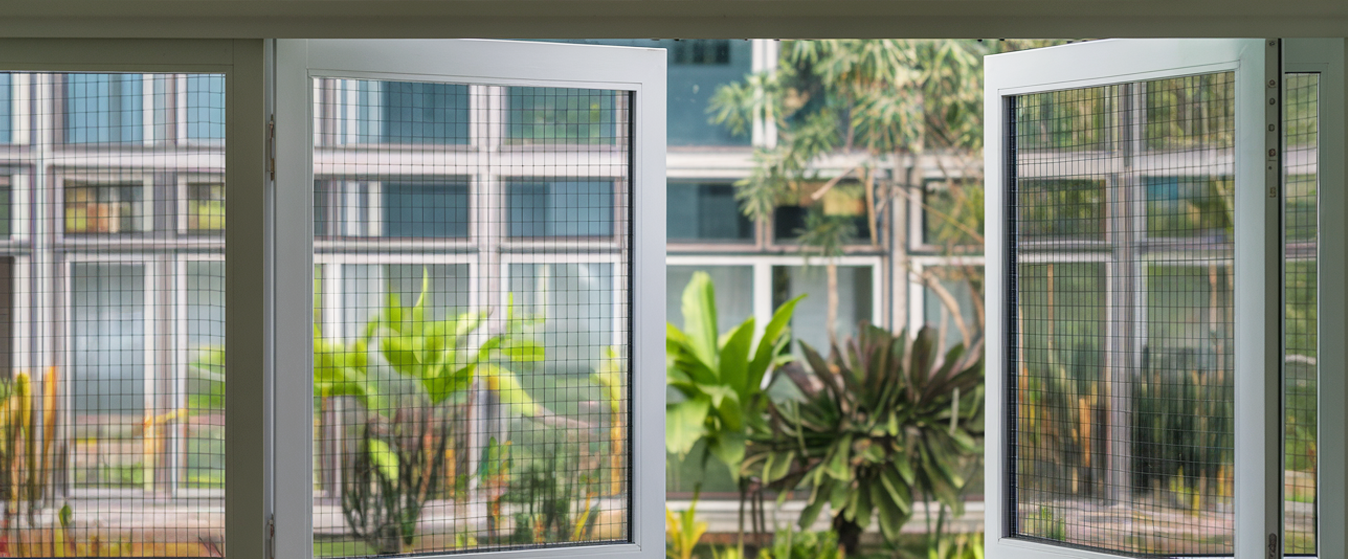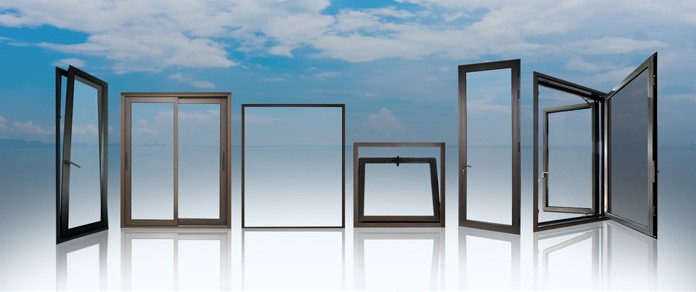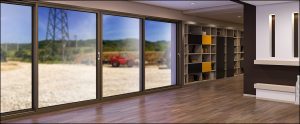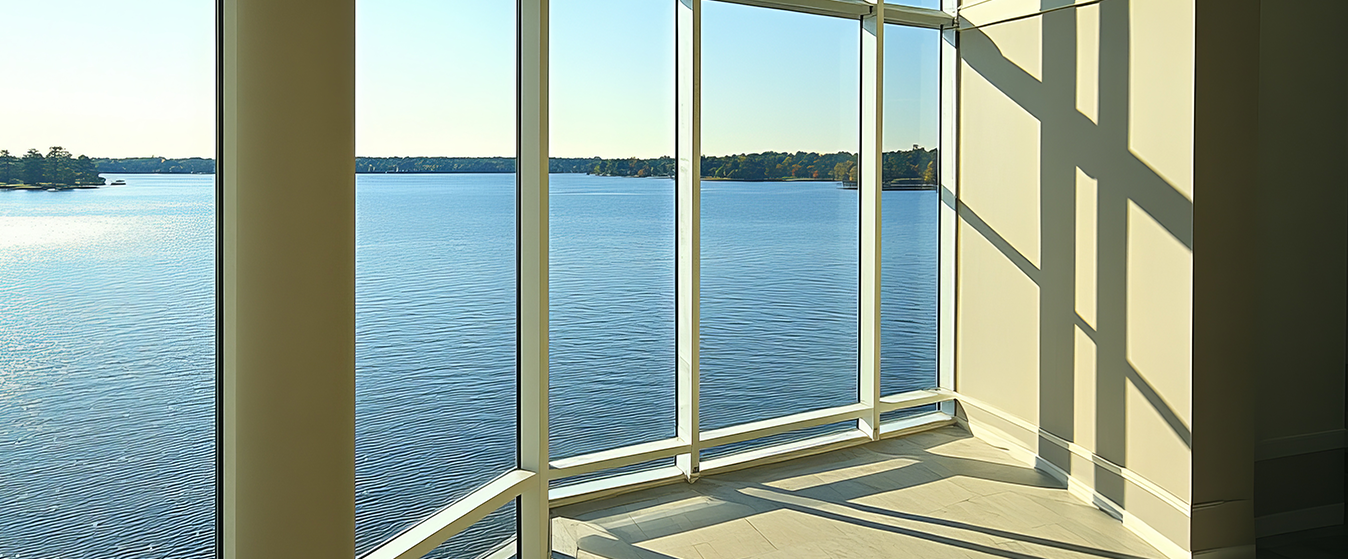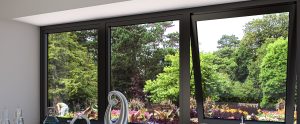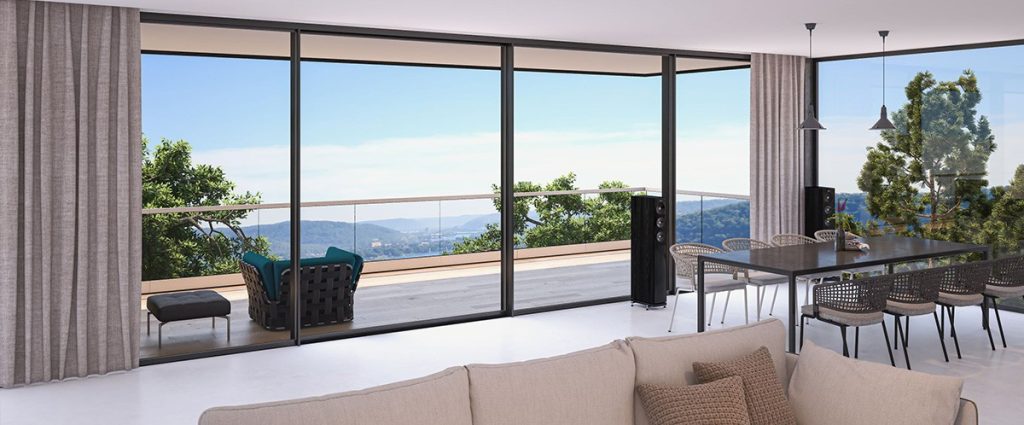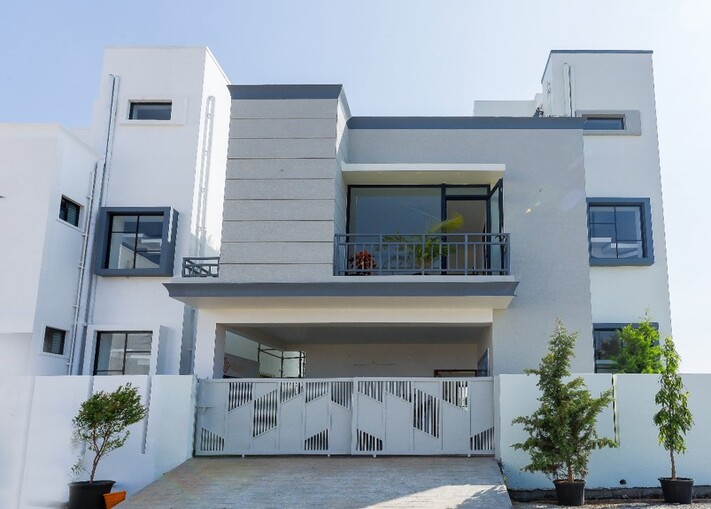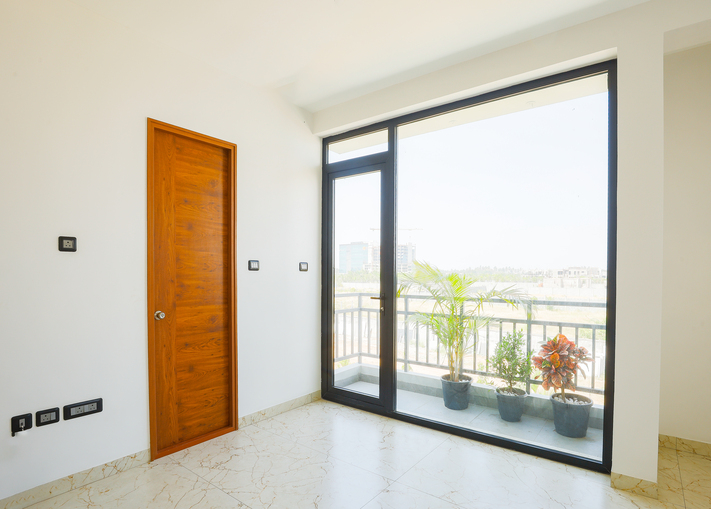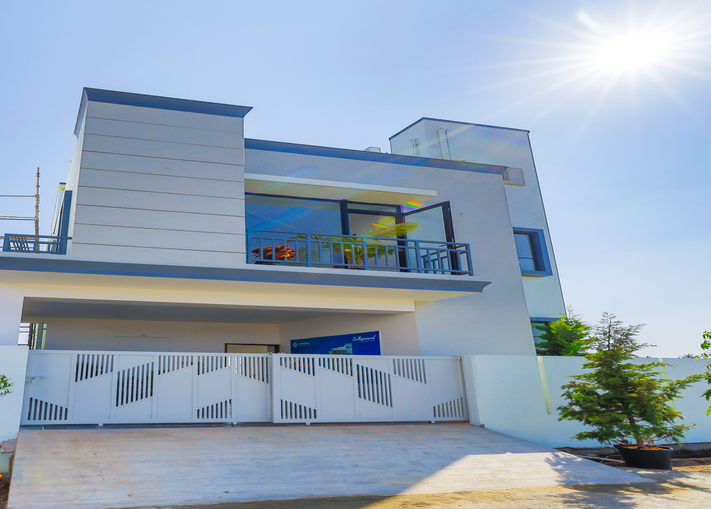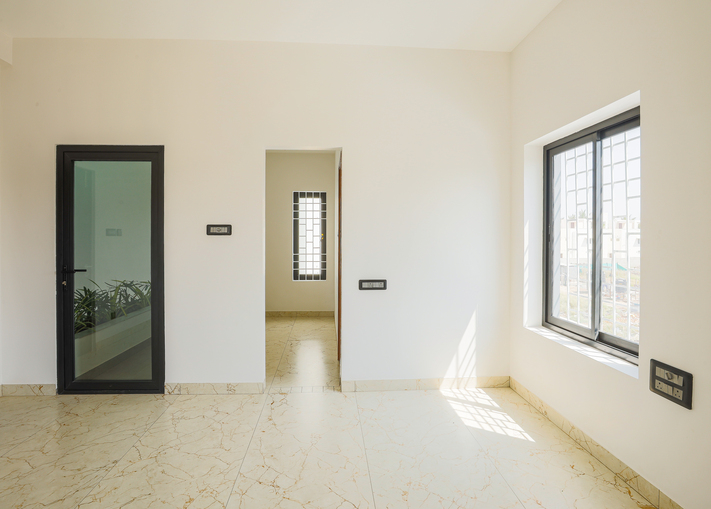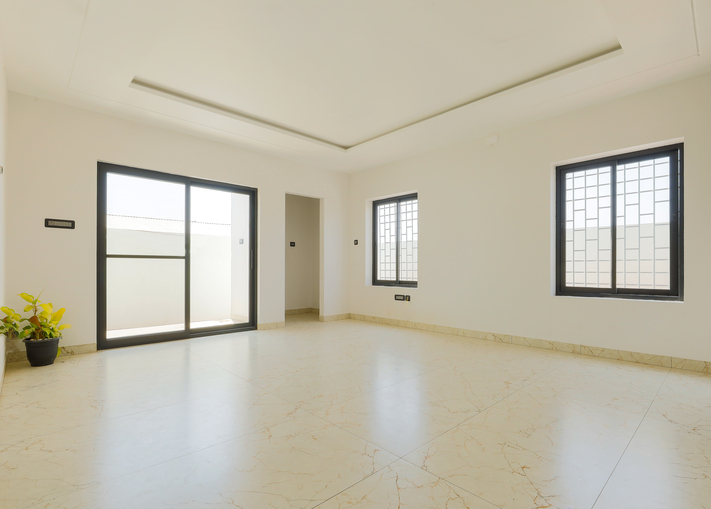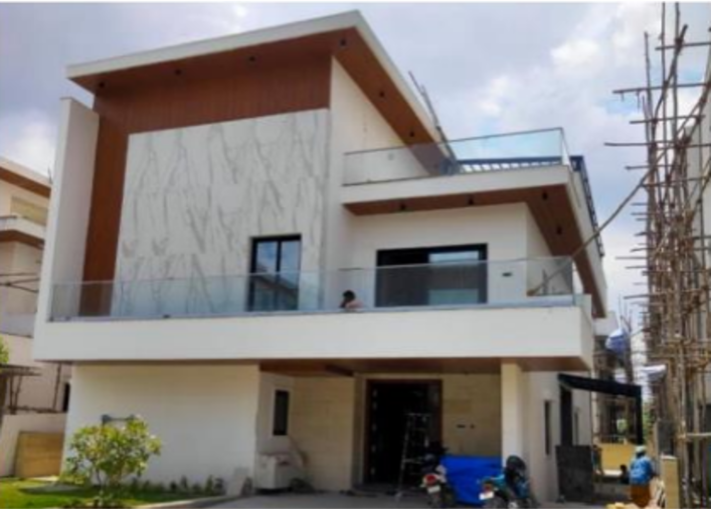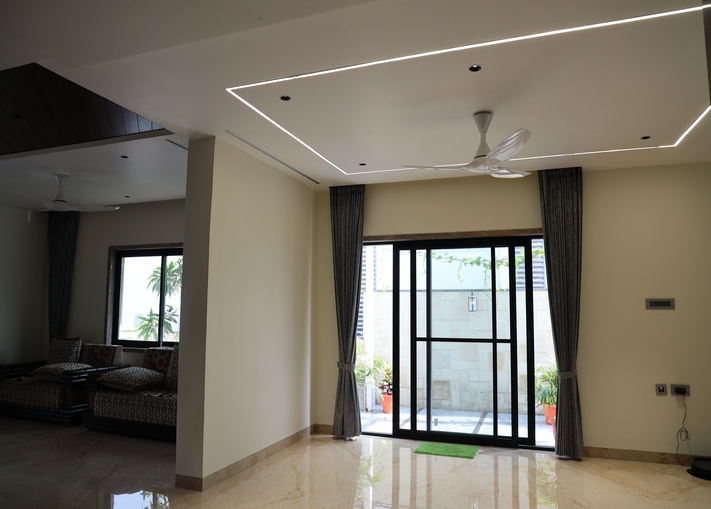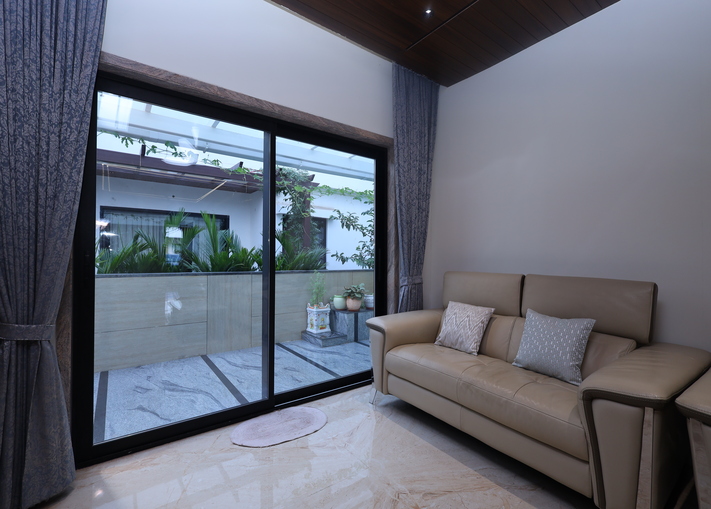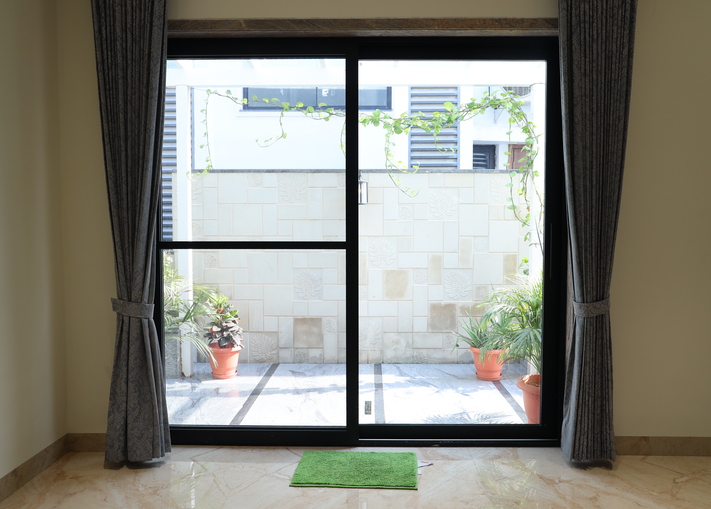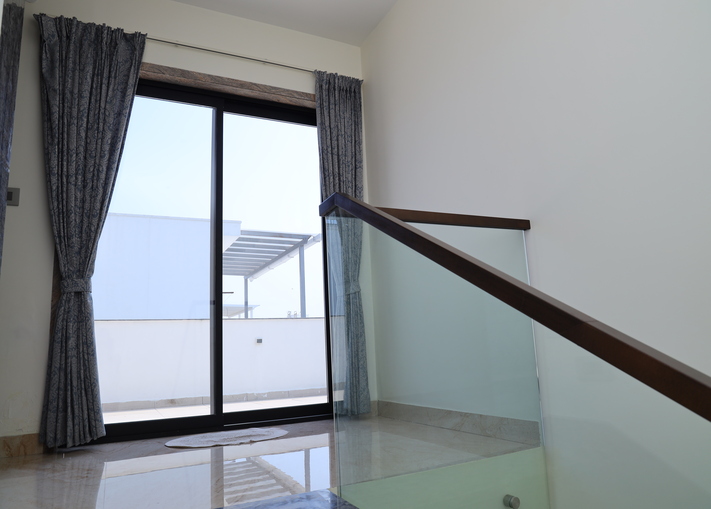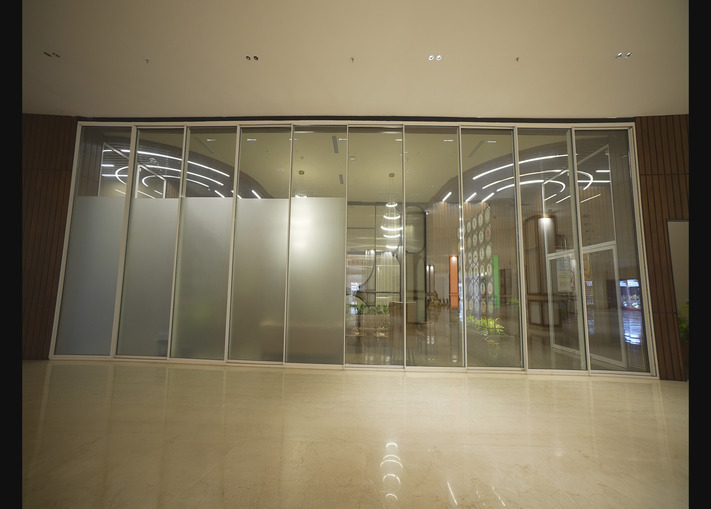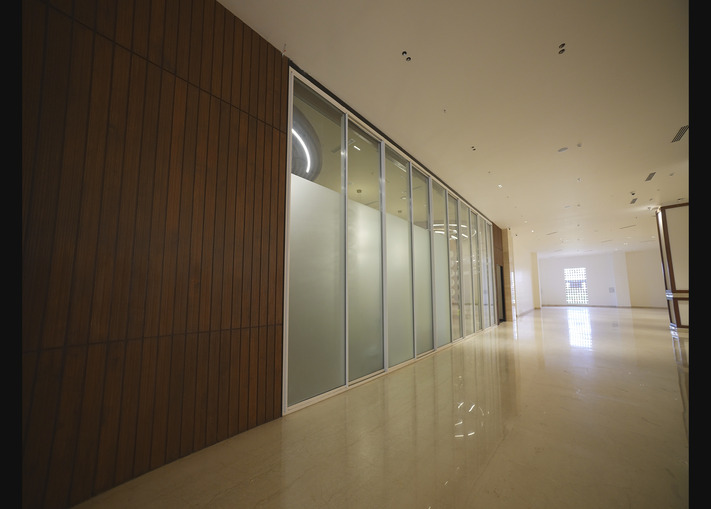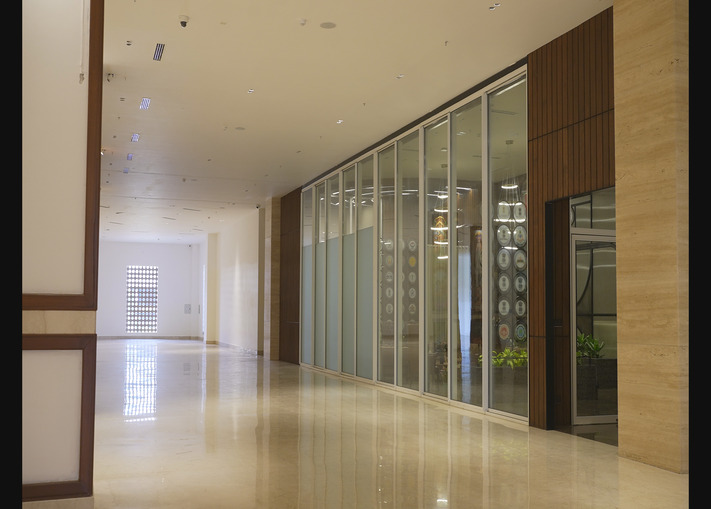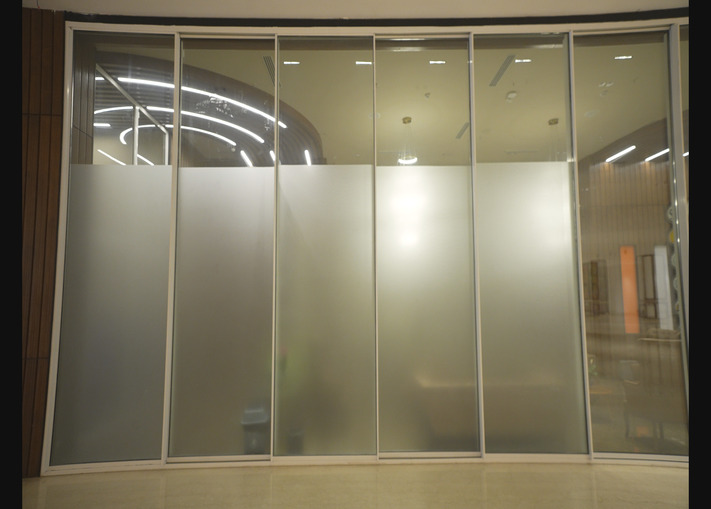Aluminium Windows Installation Challenges and How Homeowners Can Solve Them
September 24, 2025
Windows are not just frames for sunlight and views. They decide how comfortable, energy-efficient, and stylish your home feels. In India, aluminium windows are now preferred for modern homes because they are durable, sleek, and low-maintenance.
But here’s the catch. Even the best-quality aluminium windows can underperform if the installation is not done properly.
Bad installation can lead to problems like air leaks, water seepage, or misalignment. These issues not only reduce comfort but also increase long-term repair costs. That’s why choosing the right product and ensuring proper installation are equally important.
This blog will explore the most common aluminium windows for home installation challenges and provide practical, easy-to-follow solutions for homeowners.
Why Aluminium Windows Are Popular Today?
Aluminium is one of the most preferred materials for window systems in India, and for good reasons:
Durability: Aluminium does not warp, swell, or attract termites. It also resists rust and can withstand harsh weather conditions.
Slim Profiles: Aluminium’s strength allows for thinner frames, which means larger glass panes and more natural light.
Energy Efficiency: When paired with modern glazing options like Low-E or double glazing, aluminium windows improve insulation and reduce energy costs.
Low Maintenance: Aluminium frames require minimal upkeep compared to wood or steel, often requiring frequent painting, polishing, or rust treatment.
Because of these qualities, premium aluminium windows are now a standard choice in urban apartments and premium villas. However, their installation presents unique challenges that must be addressed.
Common Challenges in Aluminium Window Installation (and Their Solutions)
1. Poor Measurement & Fit
Incorrect sizing is one of the most common issues during installation. Even a few millimeters of error can lead to gaps, which allow air leakage, dust entry, and reduced insulation.
Solution:
- Always insist on having site inspections done by professionals before fabrication.
- Choose custom-sized aluminium windows instead of standard sizes.
- Double-check measurements of wall thickness, sill slope, and opening size.
A correctly fitted house aluminium windows system looks seamless and performs efficiently for decades.
2. Seal Failure & Air/Water Leakage
Weak sealing allows water seepage during rain, dust infiltration, and higher energy bills. This is especially concerning in India, where monsoons and dusty environments are common.
Solution:
- Use high-quality sealing materials like silicone sealants and EPDM gaskets.
- Ensure professional caulking is done evenly around the frame.
- Conduct a leakage test after installation to confirm proper sealing.
3. Alignment & Frame Level Issues
If frames are not perfectly level, windows may get stuck, not close tightly, or wear out faster. Misalignment also impacts insulation and security.
Solution:
- Installers should use laser levels and spirit levels during fitting.
- Fix frames with multiple screws and brackets for stability.
- Test the sash movement before sealing the frame permanently.
4. Choosing the Wrong Window Type
Selecting the wrong style can cause functional issues. For example, outward-opening casement windows won’t work in balconies with limited clearance.
Solution:
- Consult experts before choosing between casement, sliding, tilt-and-turn, or fixed systems.
- Consider ventilation needs, available space, and furniture placement before deciding.
- Sliding systems are best for compact spaces, while tilt-and-turn designs offer versatility.
5. Damage to Walls or Interiors During Installation
During dismantling or fitting, plaster can chip, paint peel, or floors may be scratched.
Solution:
- Cover floors and furniture with protective sheets before work begins.
- Remove old frames carefully to avoid damaging plaster edges.
- Work with experienced installers who guarantee minimal disruption.
6. Condensation and Energy Loss
If glazing is not done properly or sealing is poor, condensation forms on the glass, leading to fogging and reduced efficiency.
Solution:
- Invest in double or triple glazing with proper insulation.
- Choose Low-E glass to reduce heat transfer.
- Maintain airtight sealing and clear drainage channels.
7. High-Rise Installation Challenges
Installing premium aluminium windows in high-rise apartments is complex due to accessibility and safety concerns.
Solution:
- Use trained installers with scaffolding or rope access systems.
- Opt for pre-assembled, factory-fitted frames to save installation time.
8. Maintenance Neglect After Installation
Many homeowners assume aluminium windows don’t need care. Over time, dirt buildup, blocked drainage, or rusting hardware can reduce performance.
Solution:
- Clean frames and glass with mild soap and water every few months.
- Lubricate hinges, rollers, and locks for smooth operation.
- Keep drainage channels clear to prevent water stagnation.
Quick Comparison Table: Challenges and Solutions
| Challenge | Impact | Solution |
| Poor measurement & fit | Gaps, poor insulation, noise | Professional site inspection & custom size |
| Seal failure | Dust, water leakage, and energy loss | High-quality sealing + proper caulking |
| Misalignment of frames | Hard to operate, reduced lifespan | Leveling tools + skilled installers |
| Wrong window type | Inconvenience, wasted space | Consult experts before purchase |
| Damage to walls/interiors | Extra repair costs | Pre-install protection + careful work |
| Condensation issues | Foggy glass, higher energy bills | Use insulated glazing & Low-E glass |
| High-rise challenges | Safety risks, delays | Use trained professionals with safety gear |
| Poor post-installation care | Reduced performance, ruse in hardware maintenance | Regular cleaning & maintenance |
Tips for Homeowners to Ensure Smooth Installation
Here’s how you can make sure your aluminium windows are installed without problems:
1. Hire Certified Installers: Always work with trained professionals who specialise in aluminium windows. Check their past work before hiring.
2. Ask About Warranty: Choose brands or installers that offer both a product and installation warranty. This protects you from future issues.
3. Schedule Work in Dry Weather: Rain or humidity can affect adhesives and sealing. If possible, plan installation in summer or winter.
4. Discuss Customisation Early: Inform your installer about glazing, finishes, or insect screens in advance to avoid last-minute changes.
5. Protect Interiors: Use covers on floors and furniture. Ensure the team handles dismantling without damaging plaster or tiles.
6. Inspect Windows After Installation: Check if they open smoothly, the locks work, and no gaps are visible. Point out issues before final payment.
7. Learn Basic Maintenance: Wipe frames monthly, clean drainage tracks before monsoon, and oil hardware yearly. This keeps your windows in top shape.
These simple steps make a big difference in the long-term performance of your aluminium windows.
FAQ’s
Q1: How long does aluminium window installation usually take?
A. The timeline depends on the number of windows, their size, and the site conditions. On average, a standard home installation takes 2–5 days. Complex projects like high-rise buildings or large sliding systems may take longer. The best approach is to ask the installer for a project schedule before starting.
Q2: Can aluminium windows be installed in old houses without major damage?
A. Aluminium windows can be retrofitted into older homes. Installers often remove the old frame and fit the new one without damaging the walls. However, some plaster touch-up or paintwork might be needed after installation, especially if the old frame was larger.
Q3: How do I know if my aluminium windows are installed properly?
A. You can check a few things yourself:
- The windows should open and close smoothly without force.
- No gaps should be visible between the frame and the wall.
- Sealants should be neatly applied without cracks.
- When closed, the window should feel firm, not shaky.
It may indicate improper installation if you notice rattling, air leakage, or water seepage.
Q4: Do aluminium windows reduce outside noise after installation?
A. Yes, especially if you choose double-glazed or laminated glass. Proper sealing during installation is equally important for sound insulation. Even with good glass, a poorly sealed window will allow noise to filter in.
Q5: What should I do if I notice water leakage after installation?
A. Here’s what should be done:
- First, identify where the leakage is happening (edges, joints, or drainage).
- Contact the installer immediately. Remember, good companies like Alteza provide service support.
- Sometimes the problem is just clogged drainage channels, which can be fixed with cleaning.
- If the sealant has failed, it may need to be reapplied.
Q6: Are aluminium windows suitable for coastal areas?
A. Aluminium is naturally rust-resistant, but powder-coated or anodized finishes are recommended in coastal regions where salt-laden air accelerates corrosion. These protective layers improve durability and prevent the frame from dulling over time.
Q7: How much maintenance is required after installation?
A. Very little compared to wood or steel. A simple routine includes:
- Wiping the frames with a damp cloth once a month.
- Cleaning glass with a mild soap solution.
- Oiling hinges and locks every 6–8 months.
- Checking drainage tracks for debris before the monsoon.
This keeps the windows looking new and functioning smoothly.
Q8: Why is professional installation better than DIY?
A. Installing aluminium windows requires precision tools and expertise. Even a small error in measurement or leveling can cause air leakage, water seepage, and poor insulation. Professionals ensure the frame is aligned, sealed properly, and secured with the right hardware. DIY attempts often end up costing more in corrections later.


